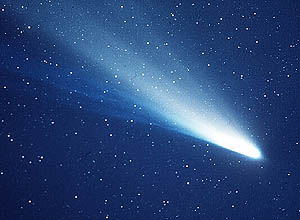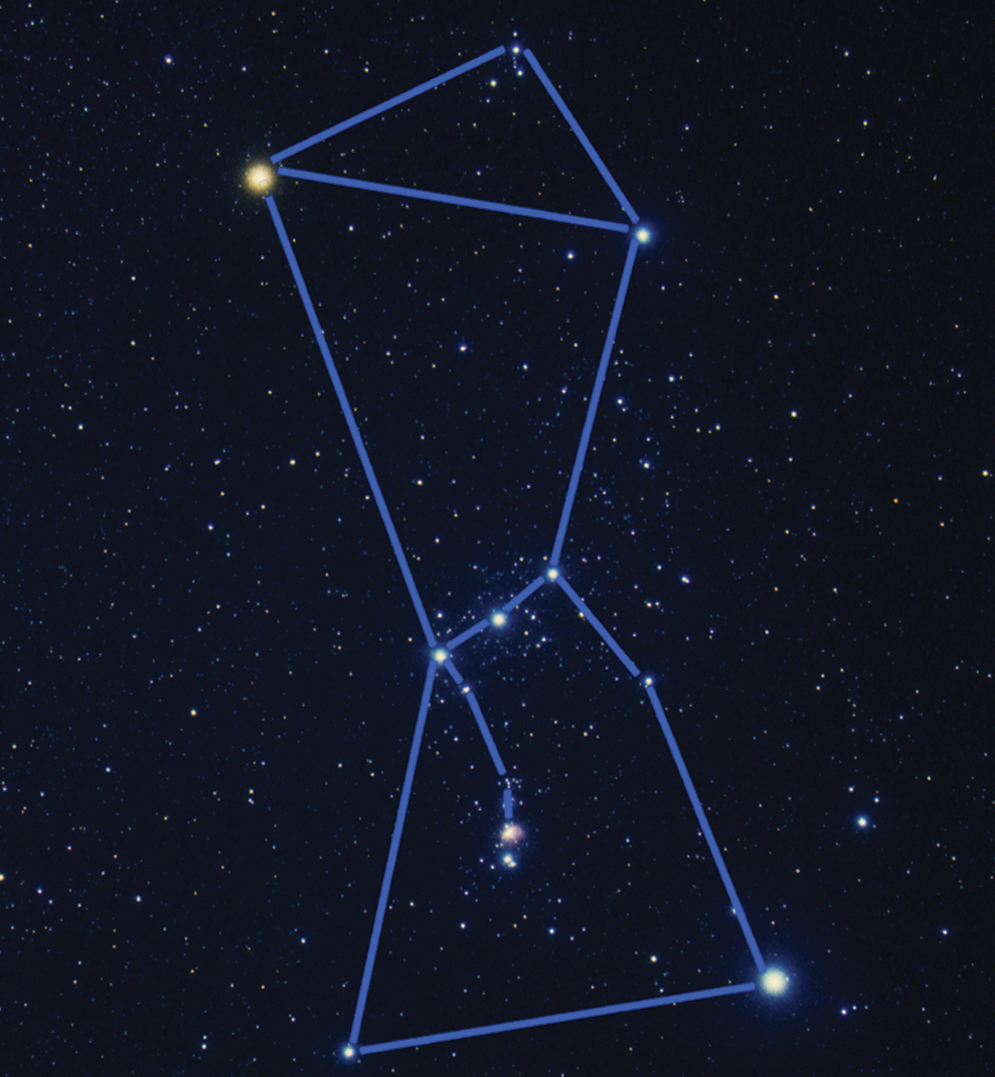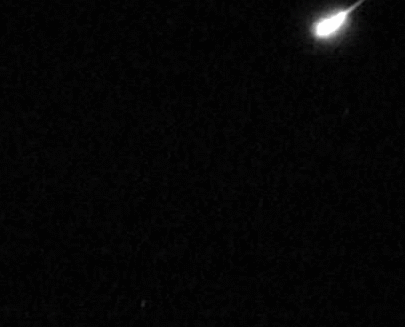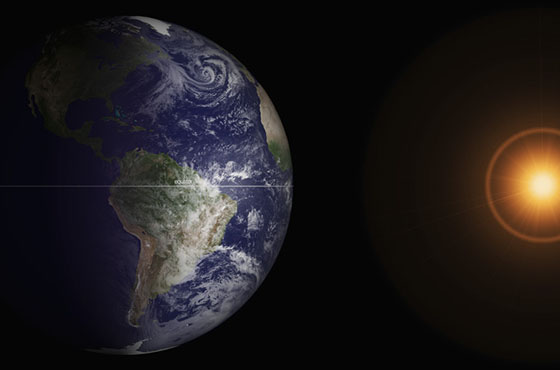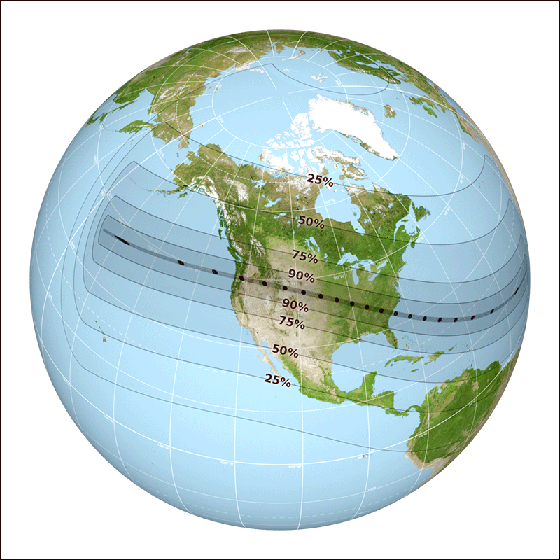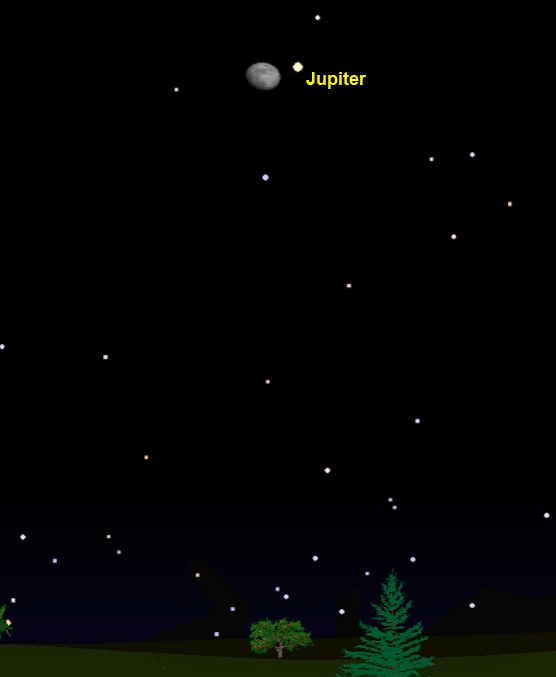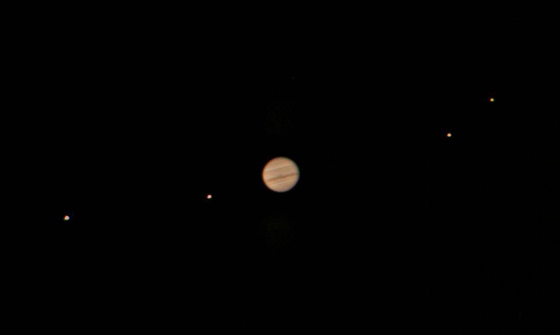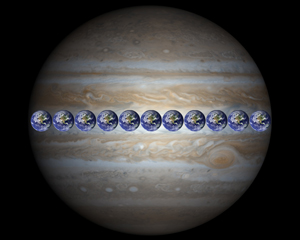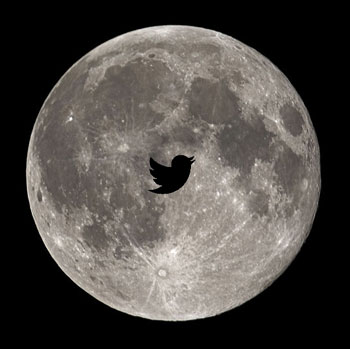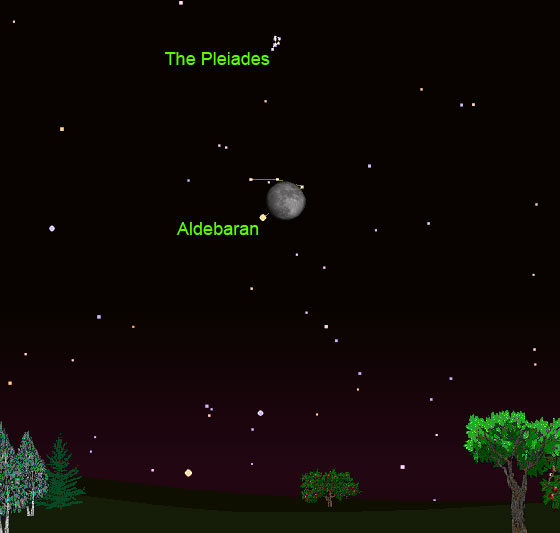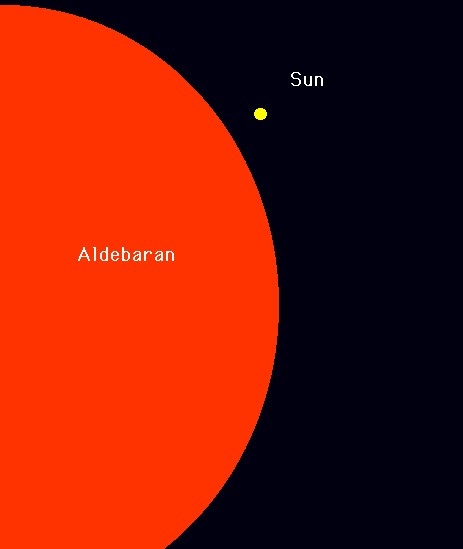 It’s Black Friday, and you know what that means: Super savings when you name a star! Save 30% with our Black Friday sale — today only, Friday, November 24!
It’s Black Friday, and you know what that means: Super savings when you name a star! Save 30% with our Black Friday sale — today only, Friday, November 24!
Name A Star Live is the only star naming service that launches your star name into space! First, we provide you a letter-size Star Certificate that displays the name of your star, your star’s astronomical coordinates, and a personal message you write for your gift recipient. After we launch your star name, you get a letter-size, Digital Launch Certificate confirming that your star name was part of a real space mission. You can even watch the launch online. What a wonderful Christmas gift!
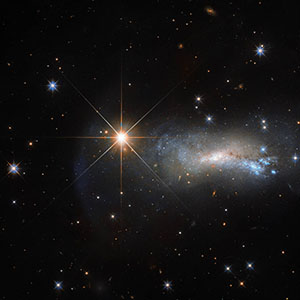 We offer 2 types of gifts:
We offer 2 types of gifts:
- Our Instant Gifts are provided to you via the Internet: Download, Print and Give right away, 24/7!
- Our Keepsake Gifts are printed and shipped to you or to your gift recipient. We offer free Priority Mail shipping to U.S. addresses.
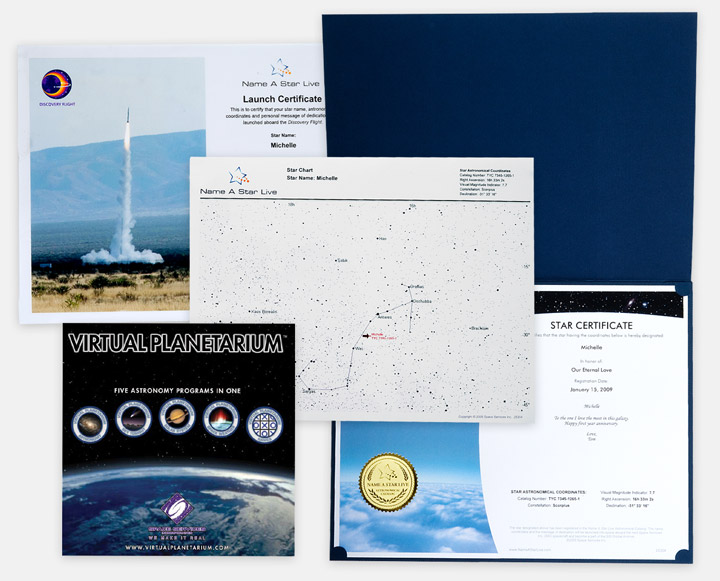
Featured Gift Set
One of our most popular Keepsake Gifts is the Deluxe Gift Set, which starts at $54.95. Printed and shipped to you or your gift recipient, it includes everything you’ll need to make the stars come alive. It’s a great name-a-star gift for Christmas, Hanukkah, Valentine’s Day, Mother’s Day, a birthday, graduation or any special occasion.
The Deluxe Gift Set includes:
- A letter-size Star Certificate in display folder showing the name of your star, your star’s astronomical coordinates, and a personal message you can write for your gift recipient.
- A Star Chart showing the location of your star within its constellation (area of the night sky, such as Aries or Taurus). You get to choose the constellation for your star.
- Our award-winning Virtual Planetarium astronomy software that brings astronomy to life with seven great programs in one. Explore the Universe with interactive games, breathtaking NASA imagery, and the latest updates from exciting space missions. Plus see a display of which constellations and planets are visible from your home each night. Suitable for all ages.
- A Digital Launch Certificate provided to you each time we launch your star name into space!
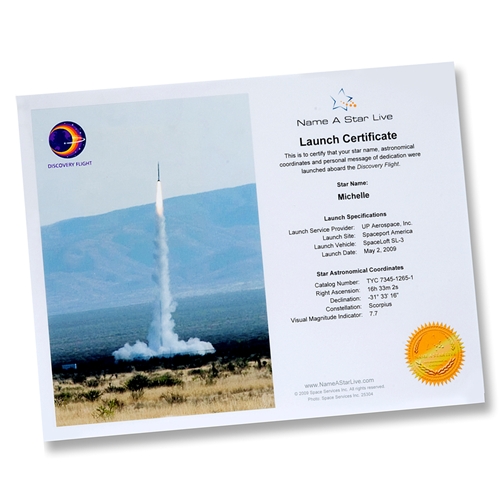

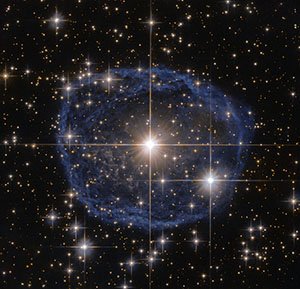 We offer 2 types of gifts:
We offer 2 types of gifts: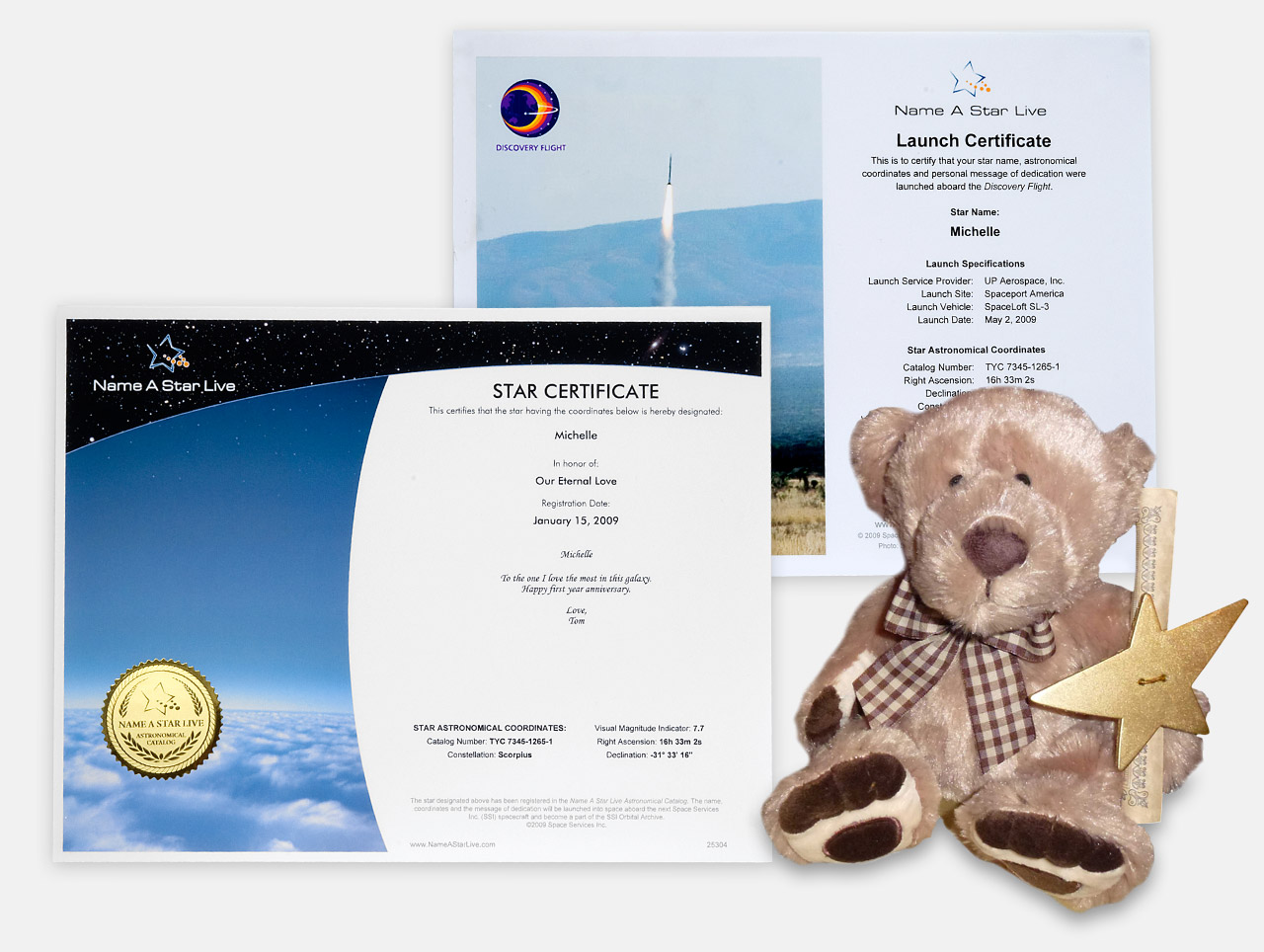
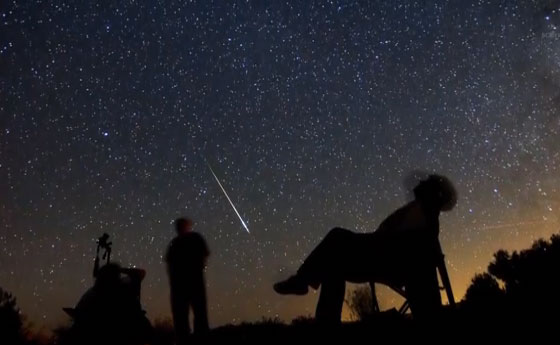

 Shipping Cutoff Time for Keepsake Gifts each business day is 2 PM Central, 3 pm Eastern, 8 pm GMT. All packages are shipped from Houston, Texas, USA. Note that we cannot guarantee delivery time frames.
Shipping Cutoff Time for Keepsake Gifts each business day is 2 PM Central, 3 pm Eastern, 8 pm GMT. All packages are shipped from Houston, Texas, USA. Note that we cannot guarantee delivery time frames.



